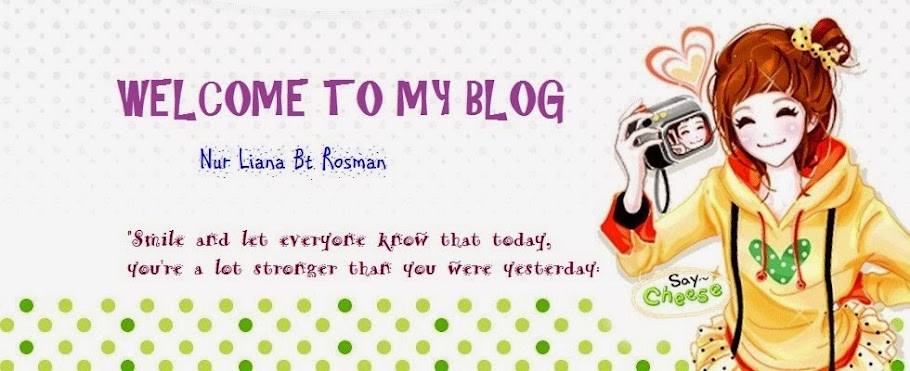animation
Sunday, July 20, 2014
HYPERTEXT AND HYPERMEDIA
Hypertext is text displayed on a computer display or other electronic devices with references (hyperlinks) to other text which the reader can immediately access, or where text can be revealed progressively at multiple levels of detail (also called StretchText). The hypertext pages are interconnected by hyperlinks, typically activated by a mouse click, keypress sequence or by touching the screen. Apart from text, hypertext is sometimes used to describe tables, images and other presentational content forms with hyperlinks. Hypertext is the underlying concept defining the structure of the World Wide Web,[1] with pages often written in the Hypertext Markup Language (aka HTML). It enables an easy-to-use and flexible connection and sharing of information over the Internet.
an example of standard multimedia due to the absence of hyperlinks.
Thursday, July 17, 2014
STORYBOARD
STORYBOARD
Definition: In Windows Movie Maker or other movie making software, the Storyboard is an editing area located at the bottom of the window. It is a panel of pictures or other movie clips, laid out in the sequence that they will be shown in the movie.In general, storyboards are a series of photos or drawings that outline the sequence of scenes and major changes in the production.
Subscribe to:
Posts (Atom)



